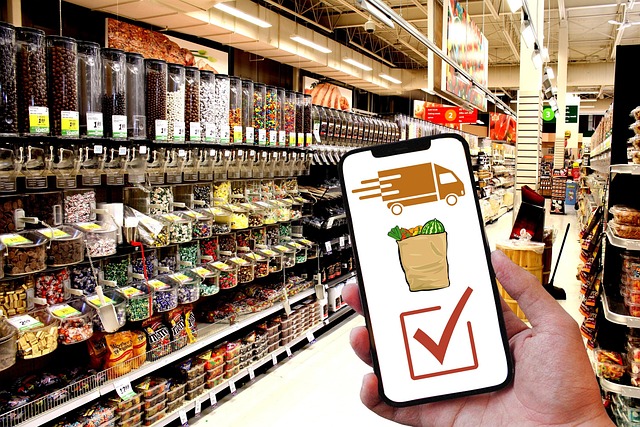Improving Mobile Checkout Experience for International Customers
Mobile shoppers expect fast, clear checkout flows across borders and reduced friction at every step. Improving mobile checkout for international customers involves addressing payment preferences, currency display, shipping transparency, localized content, and analytics to boost conversion and satisfaction.

Cross-border mobile shoppers often abandon carts when checkout feels unclear or slow. Improving mobile checkout for international customers requires clear currency and tax presentation, localized payment options, and transparent shipping and fulfillment details. A focused mobile-first checkout that respects local formats and expectations can reduce abandonment, improve conversion, and lower support load for ecommerce and retail operations.
Mobile checkout and conversion
A mobile-first checkout design prioritizes single-column layouts, large touch targets, and minimized form fields. For ecommerce and marketplaces, reducing steps—such as combining shipping and payment screens or enabling address autofill—helps shorten the path to purchase. Guest checkout options and progressive disclosure of optional fields can prevent interruptions on small screens. Use conversion-focused experiments and track metrics like time-to-complete and abandonment rate via analytics to validate changes and prioritize updates by impact.
Payments and international options
Offering locally preferred payment methods is critical to acceptance. Supporting regional payment rails, mobile wallets, and major card networks increases the likelihood that international customers complete payment. Make currency display explicit and provide a clear conversion breakdown when payment occurs in a different currency. Work with payment providers that handle cross-border routing and retries, and capture failure reasons in analytics so you can address common issues per market and device.
Shipping, fulfillment, and cross-border logistics
Transparent shipping and fulfillment information reduces late-stage abandonment. Display estimated delivery windows, duties, taxes, and return policies early in the flow so customers understand total landed cost. Provide multiple fulfillment options—express, standard, and pickup—tailored to each market, and integrate reliable carriers for international routes. Communicate tracking links and delivery status within the mobile experience to set expectations and reduce inquiries to customer support teams.
Personalization for diverse markets
Personalization should be relevant and respectful of privacy regulations. Use localization for language, date formats, and product recommendations based on regional preferences without overstepping consent boundaries. Automatically pre-select likely shipping methods or currencies when the customer’s location is known, but allow easy overrides. Thoughtful personalization can streamline checkout on mobile by reducing choices and surfacing the most contextually appropriate options.
Analytics, testing, and reviews
Robust analytics reveal where international mobile customers face friction. Track field-level errors, payment declines, and device- or network-specific failures. Use A/B tests and cohort analysis by country to test layout, button labels, and payment flows. Combine quantitative metrics with qualitative feedback from post-purchase surveys and reviews to identify pain points tied to language, payments, or shipping. Marketplace reviews and ratings often highlight regional issues that should feed back into product and checkout priorities.
Marketplaces, retail channels, and mobile UX
Consistent mobile UX across direct channels and marketplaces builds trust. When directing customers to third-party checkout flows, clearly explain handoffs and preserve branding and policy information where possible. For retail apps and progressive web apps, support platform features like browser autofill, secure payment APIs, and native authentication to accelerate checkout. Prioritize performance optimizations—fast load times and low data usage—to serve users with varied connectivity and device profiles.
A better mobile checkout for international customers balances local relevance with operational clarity: present transparent pricing and taxes, support local payments and currencies, offer reliable shipping and fulfillment choices, and use personalization and analytics to continuously refine the experience. Incremental, data-driven changes that reduce friction and set accurate expectations tend to improve conversion and post-purchase satisfaction across markets.





